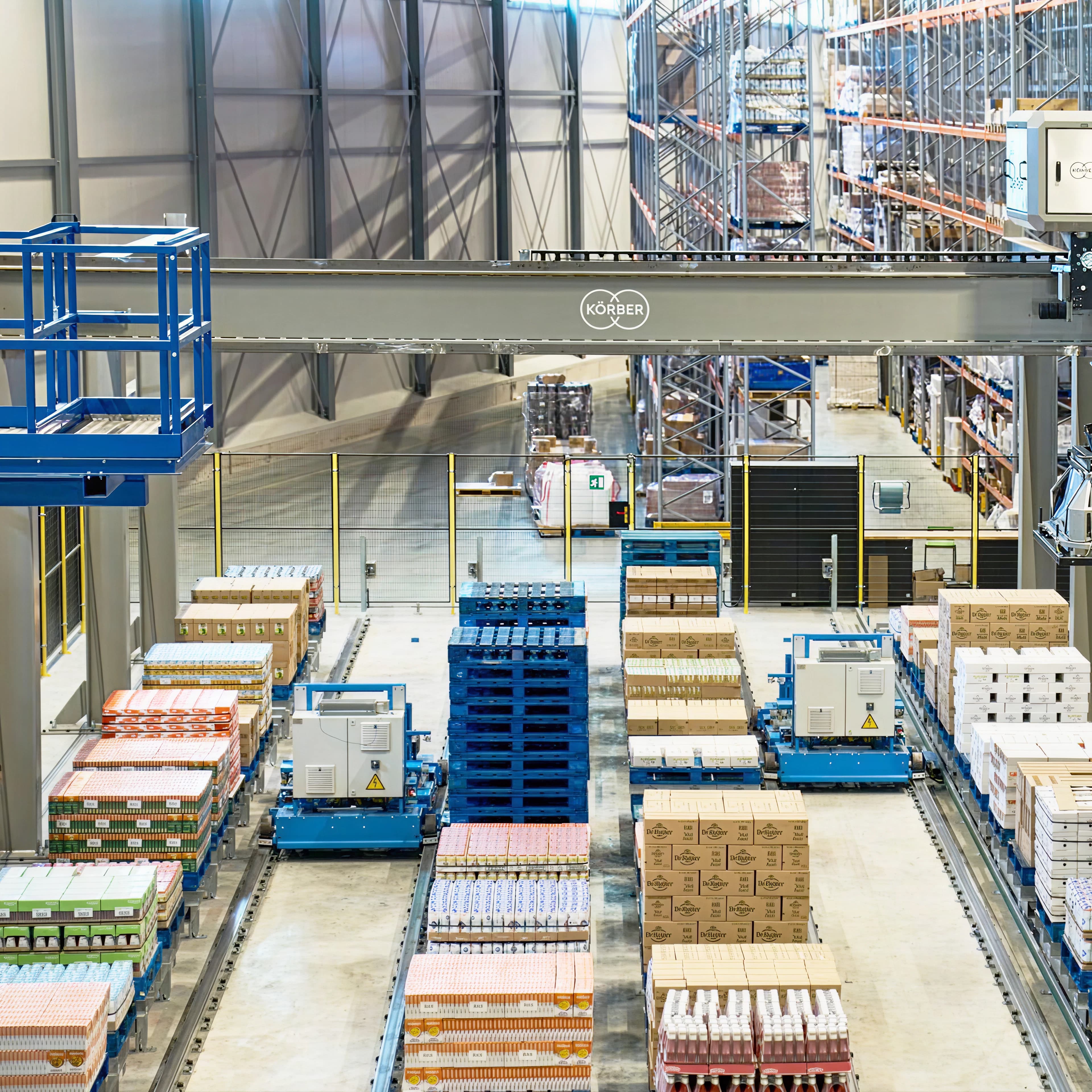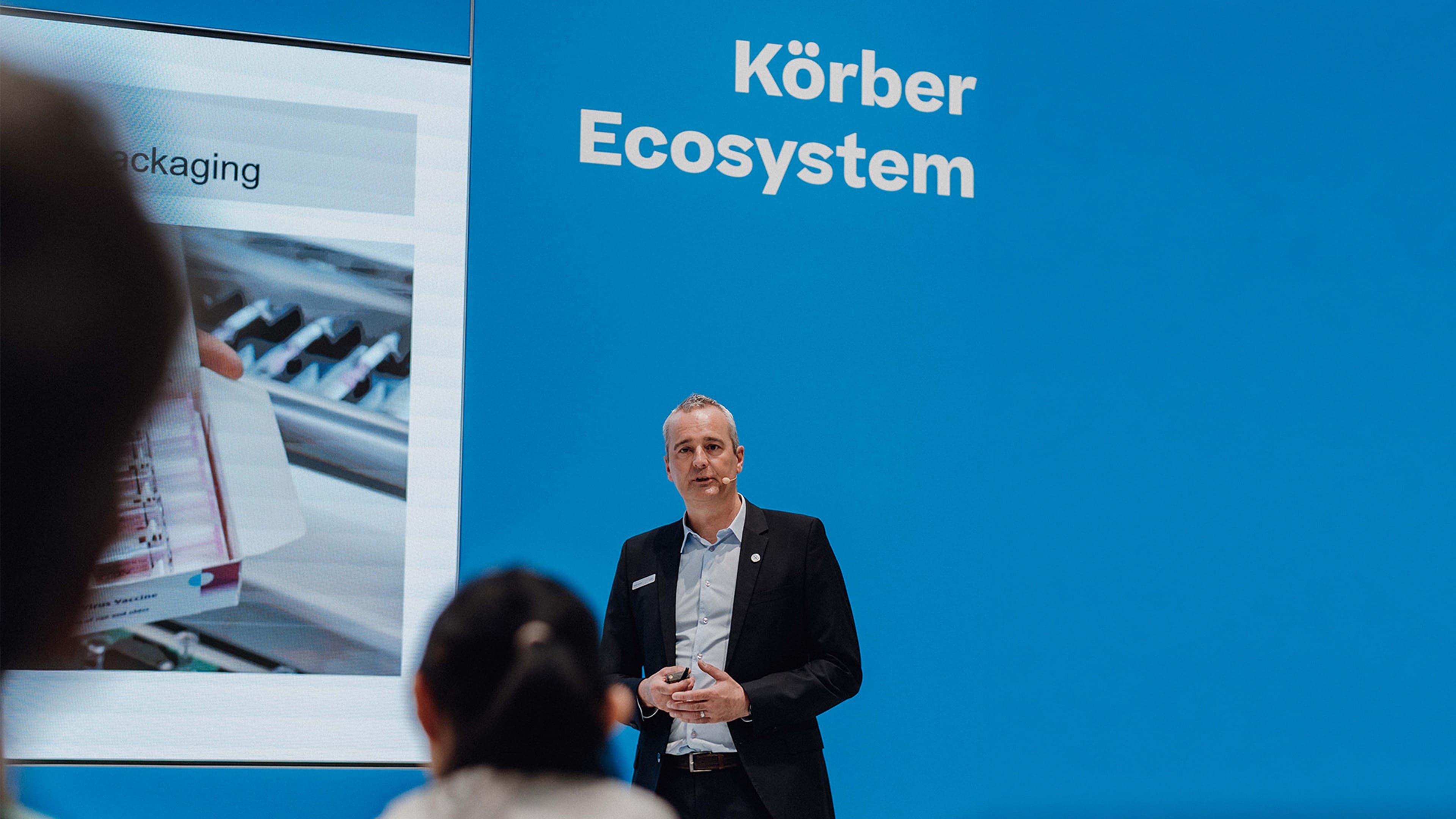- About us
- Our ecosystem
The Körber ecosystem: more than the sum of its parts
Our ecosystem approach unites technology and partnerships to tackle complex challenges, foster innovation and drive impact for our customers—holistically and sustainably.

The future is seamless and connected
Solutions
Empowering industries with end-to-end solutions
About our ecosystem approach
Explore our FAQs to discover how we create streamlined, integrated solutions that empower your business.

PARTNER
An unparalleled network of trusted partners
We bring together industry leaders, innovative technologies and expert collaborators to deliver seamless, end-to-end solutions. By co-creating with partners across the entire value chain, we deliver tailored, scalable and sustainable outcomes for your business.


